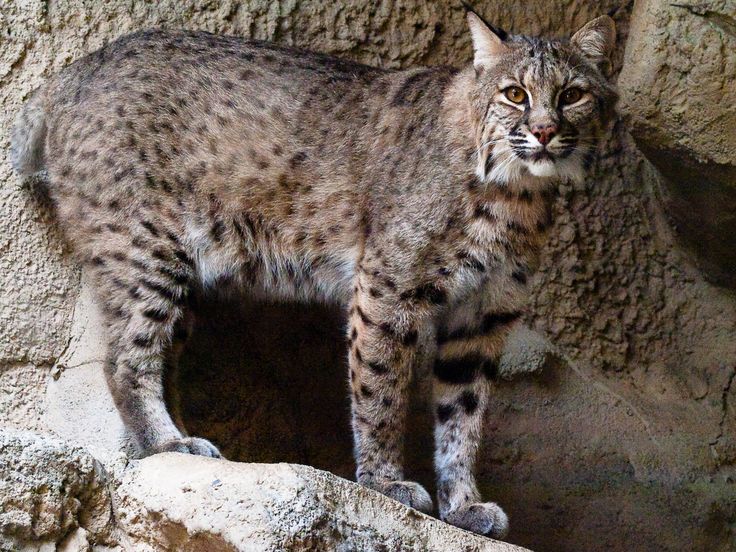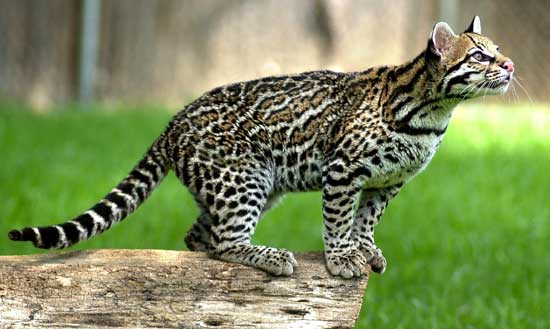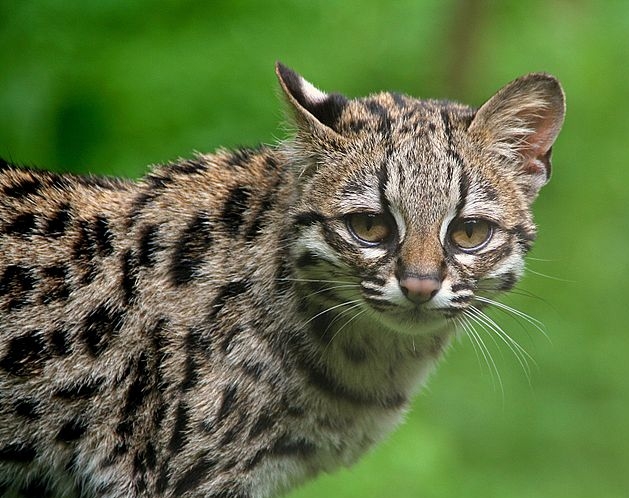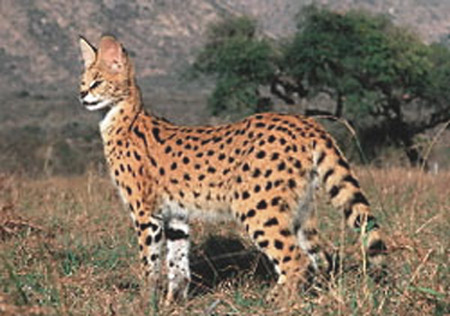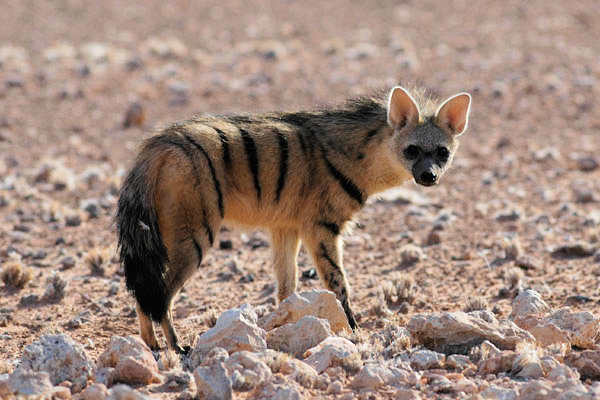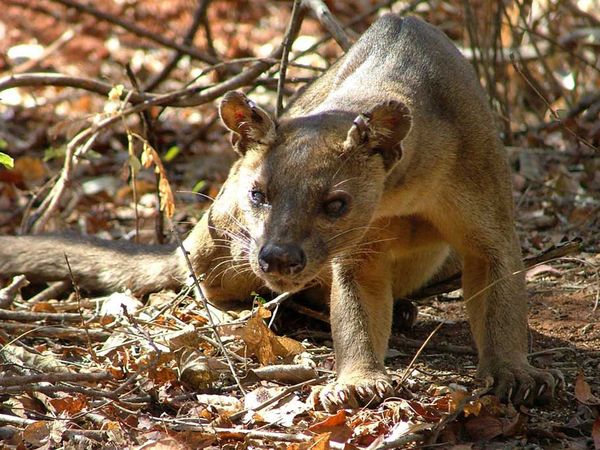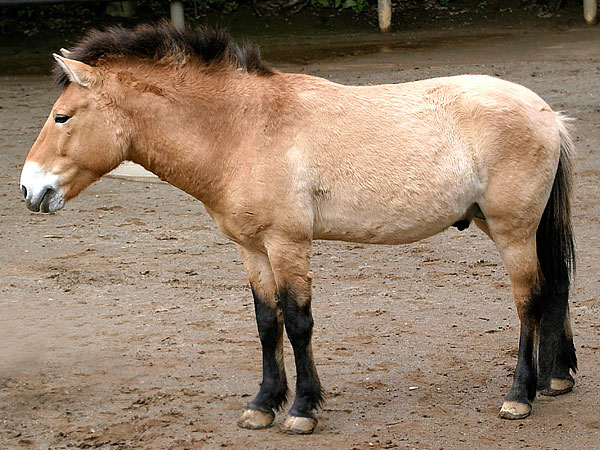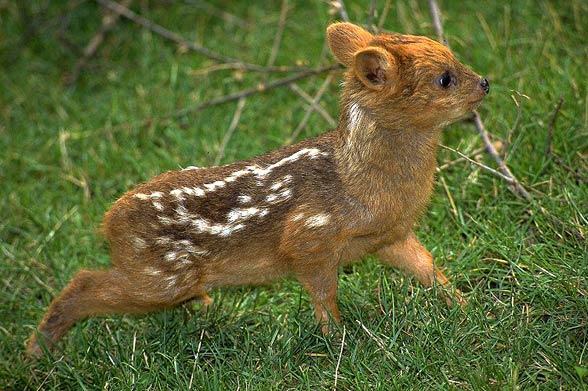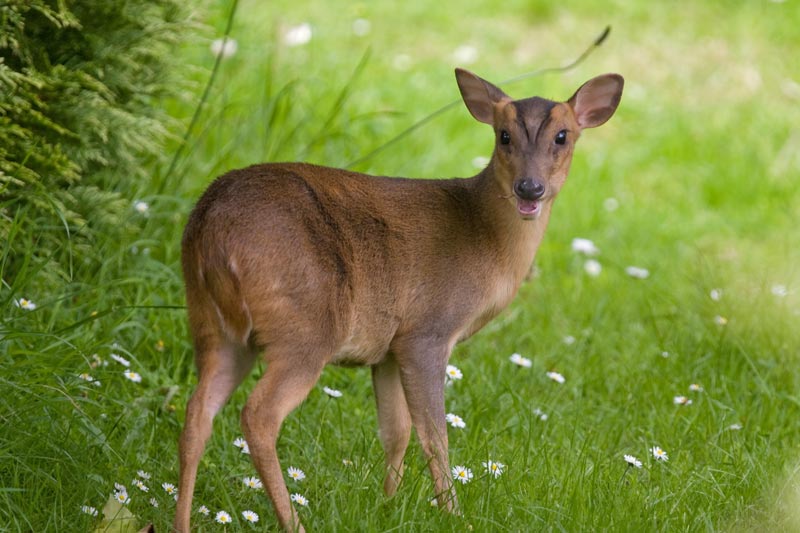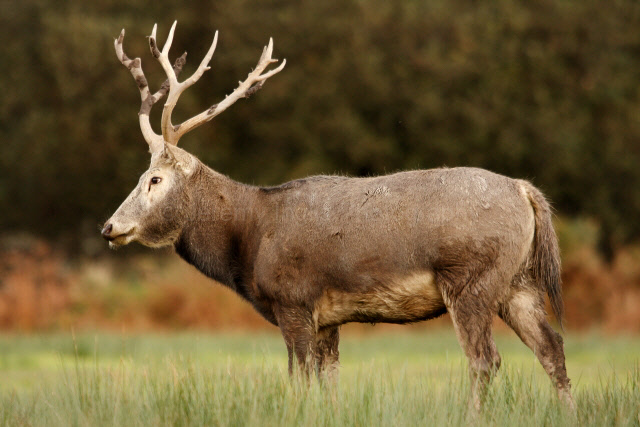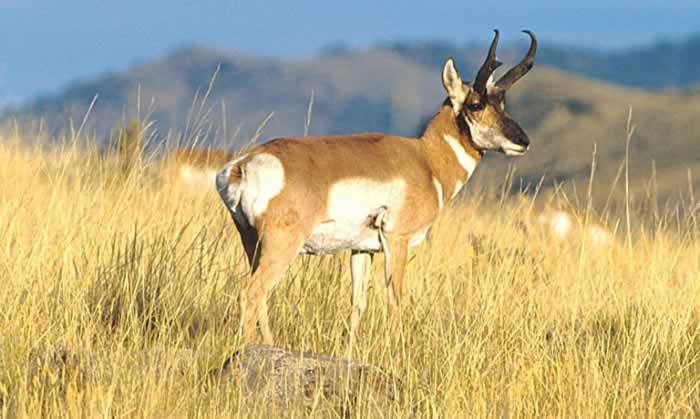Difference between revisions of "Physical World/Mammals - 3"
(Added images) |
|||
| Line 104: | Line 104: | ||
Tapirs inhabit jungle and forest regions of South America, Central America, and Southeastern Asia | Tapirs inhabit jungle and forest regions of South America, Central America, and Southeastern Asia | ||
|- | |- | ||
| − | | | + | |[[File:Przewalskis horse.jpg|none|thumb]] |
|'''Przewalski's Horse''' | |'''Przewalski's Horse''' | ||
| Line 112: | Line 112: | ||
Native to the steppes of central Asia, notably Mongolia | Native to the steppes of central Asia, notably Mongolia | ||
| − | |||
The horse is named after the Russian colonel Nikolai Przhevalsky (the name is of Polish origin and "Przewalski" is the Polish spelling), who first described the horse in 1881 | The horse is named after the Russian colonel Nikolai Przhevalsky (the name is of Polish origin and "Przewalski" is the Polish spelling), who first described the horse in 1881 | ||
|- | |- | ||
| − | | | + | |[[File:Onager.jpg|none|thumb]] |
|'''Onager''' | |'''Onager''' | ||
''Equus hemionus'' | ''Equus hemionus'' | ||
| + | |||
Also known as hemione or Asiatic wild ass | Also known as hemione or Asiatic wild ass | ||
| − | |||
Onagers have never been domesticated. They are among the fastest mammals | Onagers have never been domesticated. They are among the fastest mammals | ||
| − | |||
There is a Roman siege engine called an onager | There is a Roman siege engine called an onager | ||
|- | |- | ||
| − | | | + | |[[File:Peccary.jpg|none|thumb]] |
|'''Peccary''' | |'''Peccary''' | ||
family Tayassuidae (New World pigs) | family Tayassuidae (New World pigs) | ||
| + | |||
Also known as skunk pig | Also known as skunk pig | ||
| − | |||
Native to the Americas | Native to the Americas | ||
|- | |- | ||
| − | | | + | |[[File:Chevrotain.jpg|none|thumb]] |
|'''Chevrotain''' | |'''Chevrotain''' | ||
family Tragulidae | family Tragulidae | ||
| + | |||
Also known as mouse-deer | Also known as mouse-deer | ||
| − | |||
Chevrotain is French for "little goat" | Chevrotain is French for "little goat" | ||
| − | |||
Java mouse-deer is world’s smallest hoofed mammal | Java mouse-deer is world’s smallest hoofed mammal | ||
|- | |- | ||
| − | | | + | |[[File:Pudu.jpg|none|thumb]] |
|'''Pudu''' | |'''Pudu''' | ||
| Line 165: | Line 162: | ||
Northern, southern – species of pudu | Northern, southern – species of pudu | ||
| − | |||
Inhabits temperate rainforests in South America | Inhabits temperate rainforests in South America | ||
| − | |||
The world's smallest deer | The world's smallest deer | ||
|- | |- | ||
| − | | | + | |[[File:Muntjac.jpg|none|thumb]] |
|'''Muntjac''' | |'''Muntjac''' | ||
genus ''Muntiacus'' | genus ''Muntiacus'' | ||
| + | |||
Also known as barking deer | Also known as barking deer | ||
| − | |||
Muntjacs are the oldest known deer. The present-day species are native to South Asia | Muntjacs are the oldest known deer. The present-day species are native to South Asia | ||
| − | |||
A large feral population of muntjacs exists in England | A large feral population of muntjacs exists in England | ||
|- | |- | ||
| − | | | + | |[[File:Pere Davids deer.jpg|none|thumb]] |
|'''Père David's deer''' | |'''Père David's deer''' | ||
''Elaphurus davidianus'' | ''Elaphurus davidianus'' | ||
| + | |||
Native to the subtropics of China | Native to the subtropics of China | ||
| − | + | First made known to Western science in the 19th century, by Father Armand David, a French missionary working in China. The current world population, now found in zoos around the world, stems from a herd at Woburn Abbey nurtured by the 11th Duke of Bedford | |
| − | First made known to Western science in the 19th century, by Father Armand David, a French missionary working in China. The current world population, now found in zoos around the world, stems from a herd Woburn Abbey nurtured by the 11th Duke of Bedford | ||
|- | |- | ||
| − | | | + | |[[File:Pronghorn.jpg|none|thumb]] |
|'''Pronghorn''' | |'''Pronghorn''' | ||
''Antilocapra americana'' | ''Antilocapra americana'' | ||
| + | |||
Though not an antelope, it is often known colloquially in North America as the prong buck or pronghorn antelope | Though not an antelope, it is often known colloquially in North America as the prong buck or pronghorn antelope | ||
| − | |||
Fastest land mammal in the Western Hemisphere | Fastest land mammal in the Western Hemisphere | ||
Revision as of 14:41, 5 July 2021
| Caracal
The most distinctive feature of the caracal is the long black tufts on the back of the ears | |
| Bobcat
It has distinctive black bars on its forelegs and a black-tipped, stubby tail, from which it derives its name | |
| Ocelot
Distributed extensively within South America Similar in appearance to a domestic cat. Its fur resembles that of a clouded leopard or jaguar | |
| Margay
Similar to the larger ocelot in appearance, although the head is a little shorter, the eyes larger, and the tail and legs longer | |
| Serval
A medium-sized African wild cat native to sub-Saharan Africa Servals have the longest legs of any cat, relative to their body size | |
| Aardwolf
Second animal in the dictionary, after aardvark | |
| Fossa
The largest mammalian carnivore on the island of Madagascar
| |
| Meerkat
Meerkats forage in a group with one "sentry" on guard watching for predators while the others search for food and "Compare The Market” | |
| Tapir
Tapirs inhabit jungle and forest regions of South America, Central America, and Southeastern Asia | |
| Przewalski's Horse
The horse is named after the Russian colonel Nikolai Przhevalsky (the name is of Polish origin and "Przewalski" is the Polish spelling), who first described the horse in 1881 | |
| Onager
Onagers have never been domesticated. They are among the fastest mammals There is a Roman siege engine called an onager | |
| Peccary
Also known as skunk pig Native to the Americas | |
| Chevrotain
Also known as mouse-deer Chevrotain is French for "little goat" Java mouse-deer is world’s smallest hoofed mammal | |
| Pudu
Inhabits temperate rainforests in South America The world's smallest deer | |
| Muntjac
Muntjacs are the oldest known deer. The present-day species are native to South Asia A large feral population of muntjacs exists in England | |
| Père David's deer
First made known to Western science in the 19th century, by Father Armand David, a French missionary working in China. The current world population, now found in zoos around the world, stems from a herd at Woburn Abbey nurtured by the 11th Duke of Bedford | |
| Pronghorn
Fastest land mammal in the Western Hemisphere | |
| Gaur
| |
| Muskox
Arctic mammal of the family Bovidae noted for its thick coat and for the strong odour emitted during the seasonal rut by males, from which its name derives | |
| Chamois
| |
| Nilgai
Largest Asian antelope
| |
| Bongo
Large African forest antelope
| |
| Grey rhebok
Antelope endemic to Southern Africa
| |
| Wildebeest
| |
| Klipspringer
| |
| Giraffe
Tallest living terrestrial animal and the largest ruminant
| |
| Okapi
The okapi and the giraffe are the only living members of the family Giraffidae
| |
| Alpaca
A domesticated species of South American camelid. It resembles a small llama in appearance
| |
| Vicuna
Believed to be the wild ancestor of domesticated alpacas
| |
| Guanaco
Native to the arid, mountainous regions of South America
| |
| Blue whale
At 30 metres in length and 180 tonnes in weight, it is the largest extant animal and is the heaviest known to have existed
| |
| Bowhead whale
Also known as the Greenland right whale or Arctic whale
| |
| Narwhal
Toothed whale that possesses a large "tusk" from a protruding canine tooth. Narwhal tusks were believed to be the horns from the legendary unicorn
| |
| Beluga whale
Also known as white whale, or sea canary due to its high-pitched twitter
| |
| Sperm whale
Also known as cachelot
The head of the whale contains a liquid wax called spermaceti, from which the whale derives its name | |
| Killer whale
Also known as orca, blackfish, or grampus
| |
| Vacuita
A rare species of porpoise endemic to the Gulf of California. Smallest cetacean
| |
| Elephant seal
Two species – northern and southern
| |
| Dugong
Dugong, together with the manatees, is one of four living species of the order Sirenia
| |
| Manatee
Also known as sea cows
|

